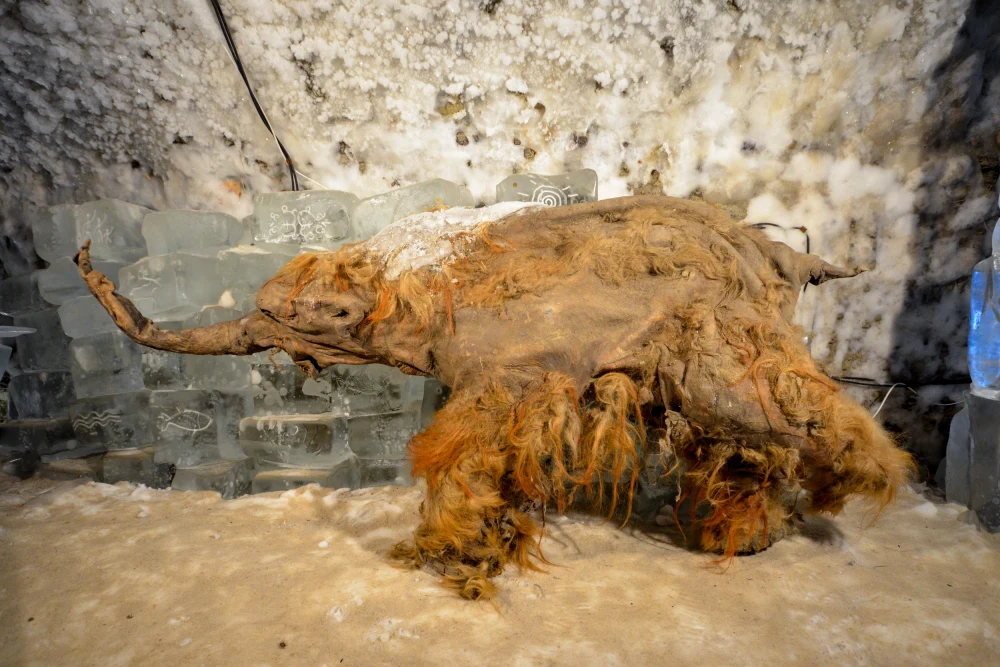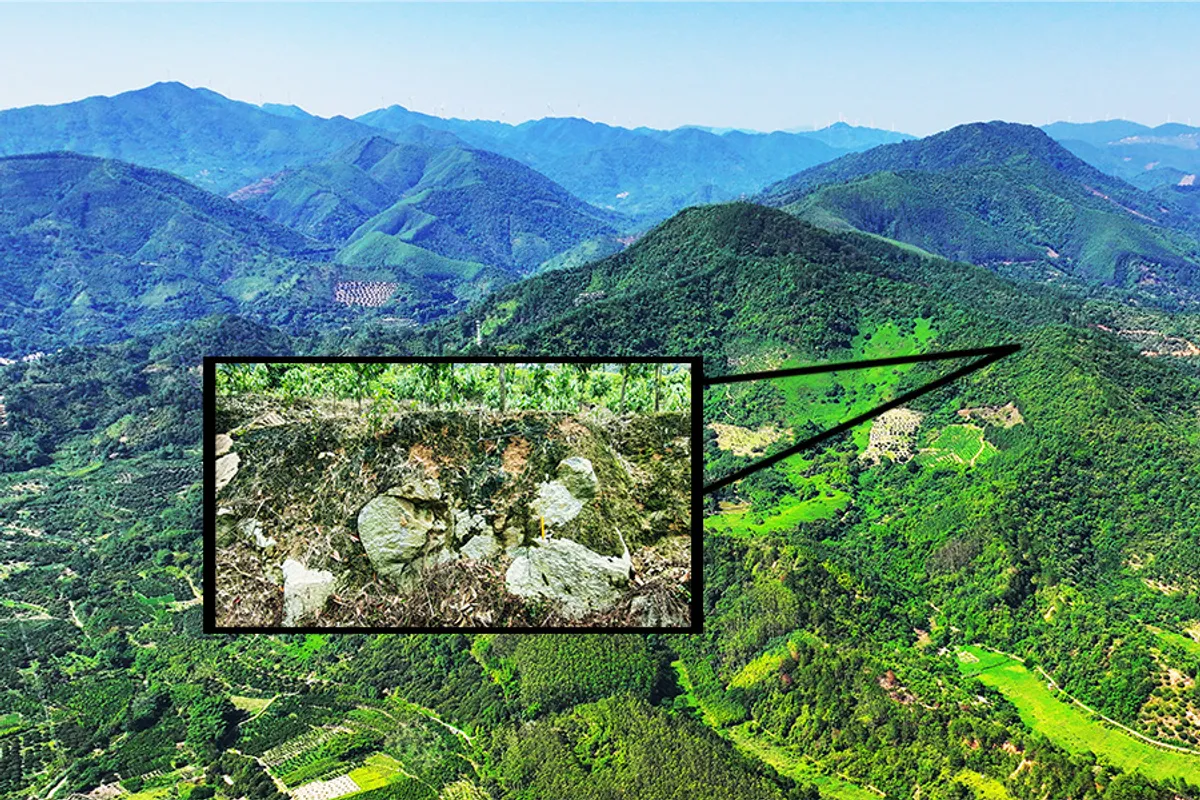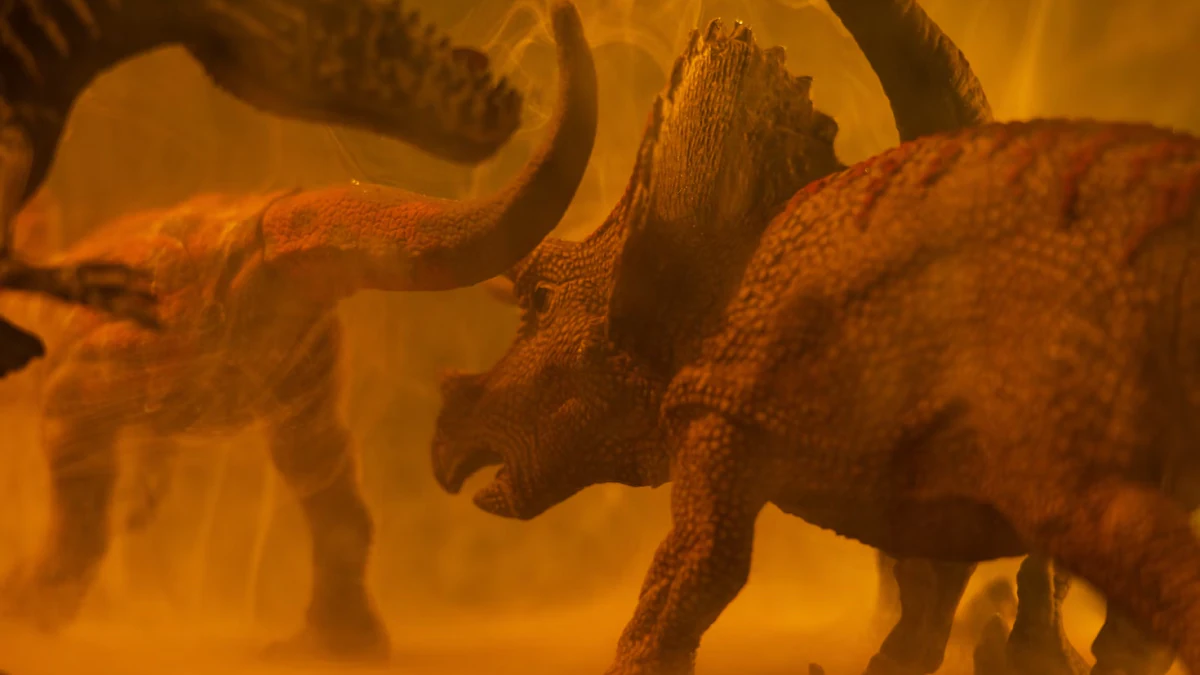In a landmark scientific discovery, researchers have successfully recovered and sequenced the oldest‑known RNA from a juvenile woolly mammoth that died approximately 39,000 years ago in Siberia. The finding marks a major advance in paleogenetics and opens a new window into the biology of long‑extinct creatures.
A Rare Find With Exceptional Preservation
The mammoth, found frozen and remarkably well‑preserved in the permafrost, provided muscle tissue from which the team extracted RNA fragments. Typically, RNA degrades very quickly after an organism’s death, but the icy, stable conditions of Siberian permafrost created an environment where this fragile molecule managed to survive. The analysis revealed detailed snapshots of gene activity, especially in muscle tissue, that reflect what was happening in the mammoth’s cells around the time of death.
What the RNA Tells Us
Unlike DNA, which serves as a genetic blueprint, RNA indicates which genes were actively being used in a tissue at a given moment. In this case, the recovered RNA pointed to cellular stress responses and muscle‑metabolism pathways—suggesting the mammoth may have been under physical strain, possibly from injury or environmental stress, in the moments before death. The data also helped confirm the specimen’s sex (male) and provided deeper insight into its physiology and health.
Why This Breakthrough Matters
- Extended biomolecule survival: This discovery rewrites assumptions about molecular decay timelines and shows that complex RNA molecules can survive tens of thousands of years under the right conditions.
- New dimension of ancient biology: While DNA tells us who an organism was, and proteins indicate what it could do, RNA tells us what it was doing. That helps reconstruct more precise states of ancient life.
- Implications for extinct creatures and ecosystems: With access to gene‑expression data from the past, scientists can better understand how extinct animals responded to environmental changes, disease, injury and stress. This may refine our understanding of extinction dynamics and adaptation in ancient ecosystems.
- Methodological advancements: The techniques deployed may pave the way for RNA‑based investigations of other frozen or well‑preserved specimens, opening fresh avenues of research in paleontology, archaeology and evolutionary biology.
What Still Lies Ahead
While this is a major milestone, several questions remain:
- How far back in time can RNA be reliably recovered? Could even older specimens yield usable RNA?
- How representative is a single tissue sample (muscle) of the mammoth’s overall physiology or behaviour?
- What environmental, geological or chemical conditions most reliably preserve RNA, and how can researchers target such specimens?
- Could the same methods be used to retrieve ancient RNA from plants, microbes, or less‑well‑preserved remains?
Bottom Line
By recovering RNA from a 39,000‑year‑old mammoth, scientists have unlocked a richer layer of ancient life, moving from genetic possibility to cellular reality. This breakthrough enhances our capacity to peer into the lives of extinct species in far greater detail—and it reinforces the power of exceptional preservation in advancing science.
















Leave a Reply